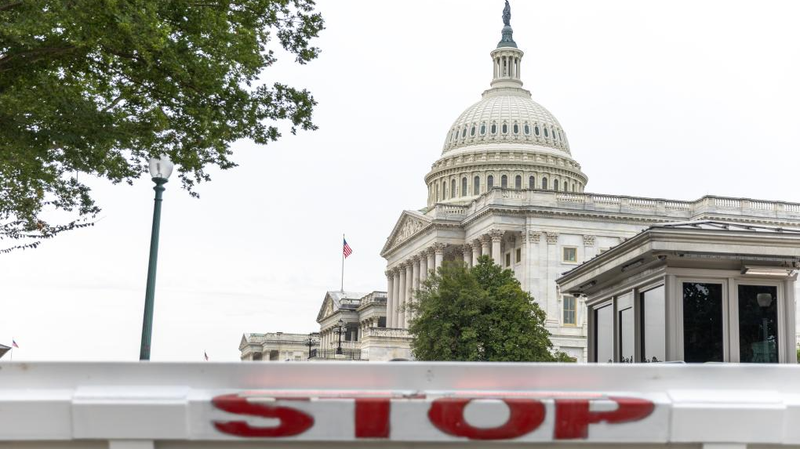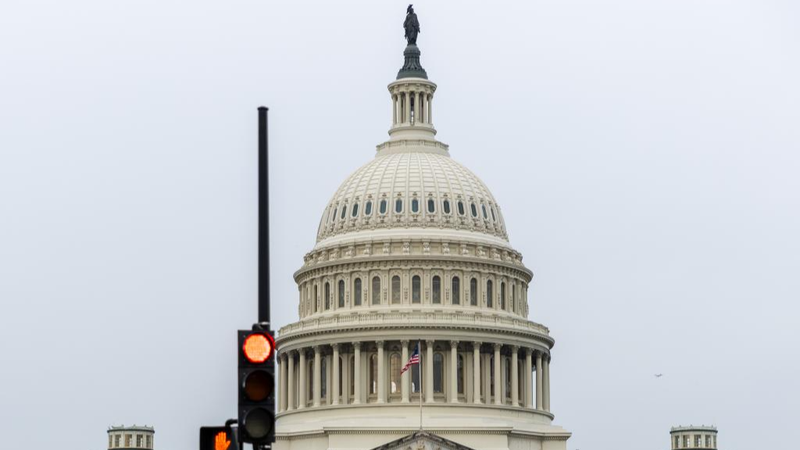😬 If you thought pausing a Netflix season was frustrating, imagine your entire government on hold. The US just hit another shutdown after Congress stalled on a temporary funding bill by September 30. Federal agencies have no fresh budget, so non-essential staff get furloughed and services grind to a halt.
Since the 1970s, shutdowns have happened over 20 times, revealing a deeper problem: budget bills are now political weapons rather than tools for problem solving. Lawmakers use funding deadlines as leverage in intense partisan battles, turning governance into theatre.
This time is different. The White House has asked agencies to prepare for possible layoffs, breaking decades of practice where workers were just sent home without pay. That could mean long-term impacts on public services and communities.
Beyond the numbers — the CBO estimates last record 35-day shutdown shaved $3B off US GDP — the human cost is real. Families lose access to nutrition and housing support, small businesses miss out on federal loans, and tourism feels the pinch when national parks close.
For young travellers from South and Southeast Asia, imagine planning a US road trip only to find iconic spots like Yosemite or Grand Canyon off-limits. Or think about global supply chains: delays in customs and trade can ripple back home, hitting everything from laptops to street food ingredients.
Yet shutdown politics in the US has become so normalized it barely makes headlines at home. Each side blames the other instead of seeking solutions, leaving the public caught in the crossfire.
As global citizens, we see how dysfunction anywhere can affect us everywhere. This shutdown is a reminder that good governance matters — whether it’s funding our apps or keeping public services running.
Stay tuned as Congress scrambles for a deal. Until then, the US government remains on pause, and the world watches closely. 🚧
Reference(s):
cgtn.com




